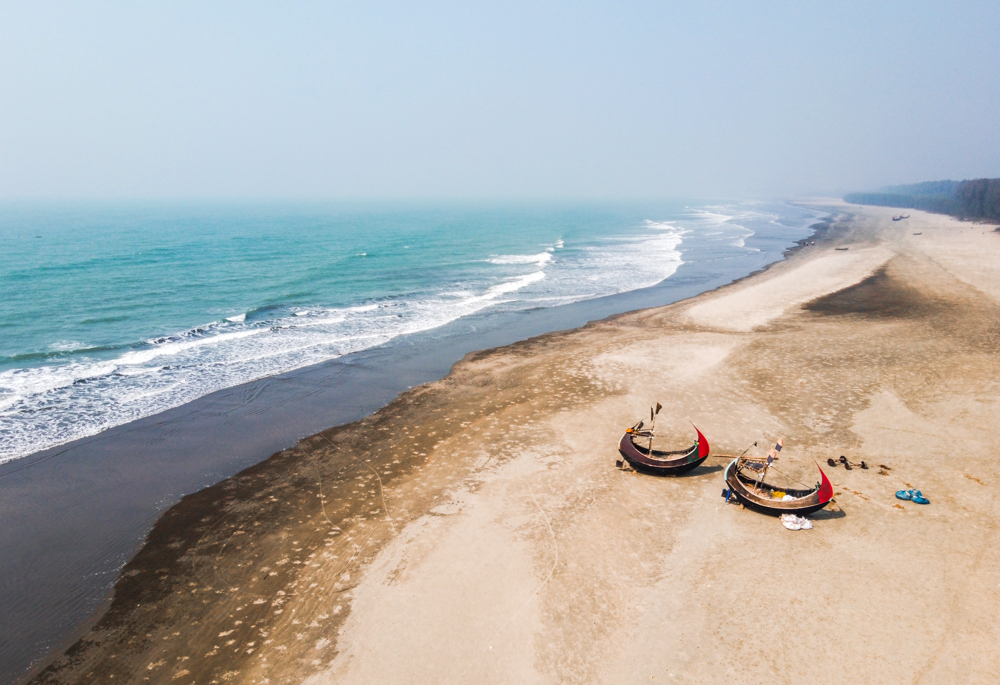

Cox's Bazar, often touted as the longest natural sea beach in the world, has been a cornerstone in the tourism landscape of Bangladesh for decades. This coastal town, with its impressive 120 kilometers of sandy shores along the Bay of Bengal, has drawn visitors from both home and abroad since the British rule in the South Asian Subcontinent.
The origins of Cox's Bazar as a tourist destination can be traced back to the Mughal period, but it was during the British rule that it began garnering attention as a potential destination for British officers seeking a respite from their duties. The town is named after Captain Hiram Cox, an officer of the British East India Company, who was tasked with supervising the settlement of Arakanese refugees in the area.
However, it wasn't until the 20th century that Cox's Bazar really started to gain popularity. Following the partition of British India and the creation of Pakistan, and subsequently independent Bangladesh in 1971, the government began to recognise the area's potential for tourism. Substantial investment was made to develop infrastructure to support tourism, including the construction of hotels and transport links.
During the latter half of the 20th century, Cox's Bazar saw a steady increase in the number of visitors. The beach offered a unique experience, with its laid-back atmosphere, local seafood, and breathtaking sunsets that became a major draw for holidaymakers. Facilities such as modern hotels, resorts, and a variety of restaurants began to spring up to cater to the growing influx of tourists.
The 1990s to Present
In the 1990s, tourism in Cox's Bazar hit a significant milestone with the rise of more comprehensive tourism packages and the opening of the local market to international hotel chains, giving a boost to both local economy and international awareness of the region.
Today, Cox's Bazar has maintained its status as a must-visit destination in Bangladesh, attracting millions of visitors annually. The area has expanded its appeal to include ecotourism, with attractions such as the nearby Himchari National Park and the Teknaf Wildlife Sanctuary.
Furthermore, in recent years, Cox's Bazar has been developing new tourism trends, such as adventure sports, including beach biking and surfing. Also, the under-construction Bangabandhu Sheikh Mujib Shilpa Nagar (BSMSN) and the Cox's Bazar International Airport are expected to bring a new era of economic development and further boost tourism.
Challenges and Sustainability
In the midst of its growth, Cox's Bazar also faces challenges, including balancing the need for economic development with environmental sustainability. The impact of tourism on the delicate coastal ecosystem is a concern, with ongoing efforts to ensure that development is sustainable and eco-friendly.
In conclusion, Cox's Bazar has evolved into a tourism powerhouse in Bangladesh, with a rich history and a bright future. Its long stretch of beach, local culture, and evolving attractions continue to draw visitors, making it a key player in the nation's tourism industry.